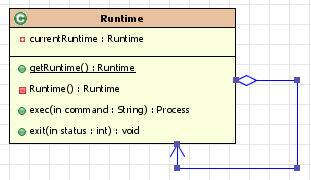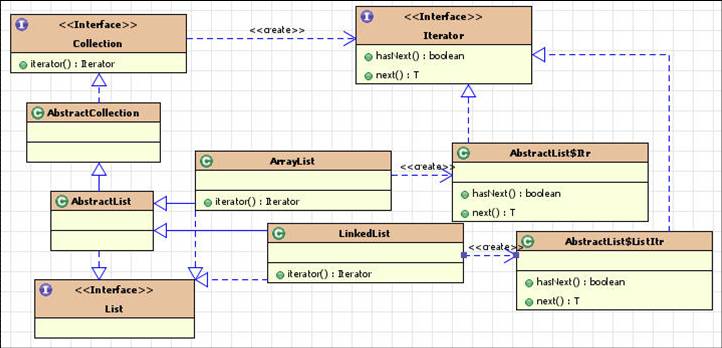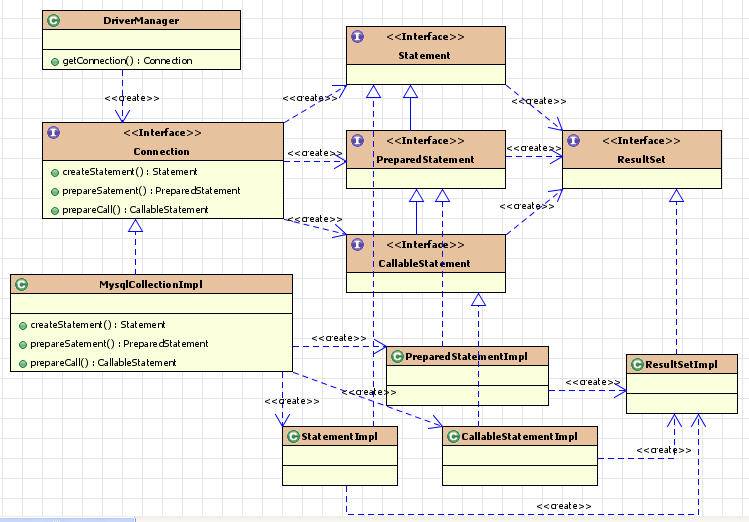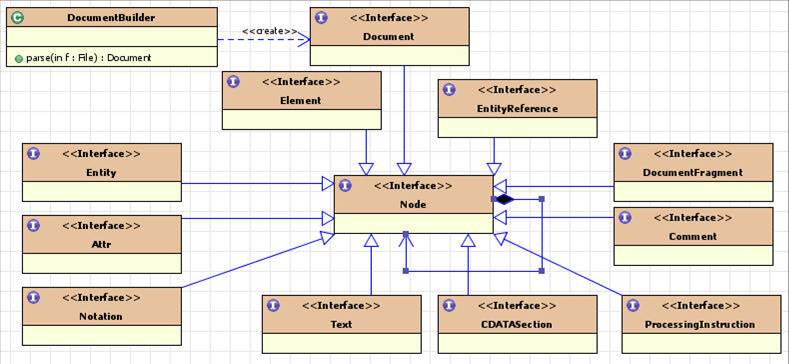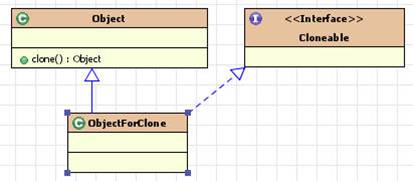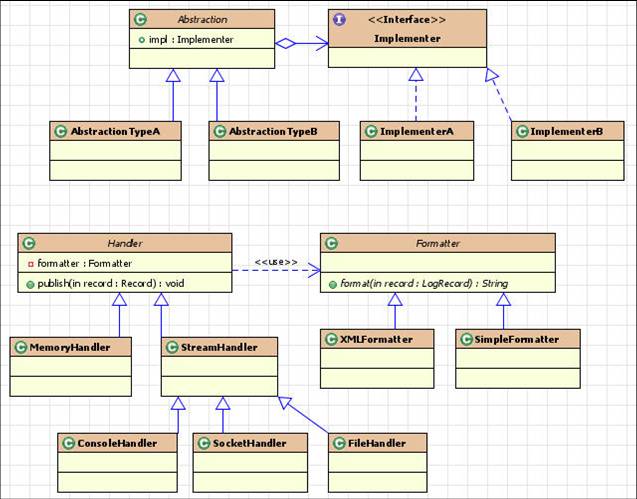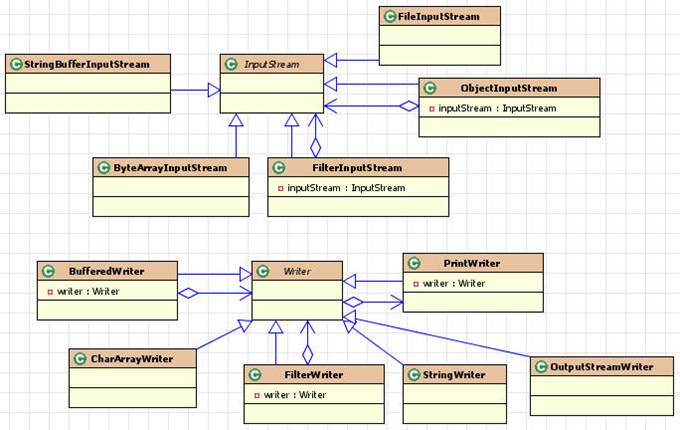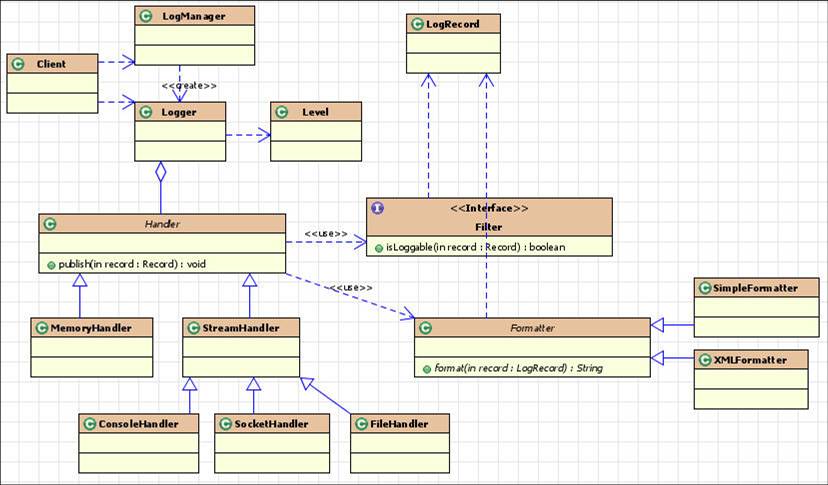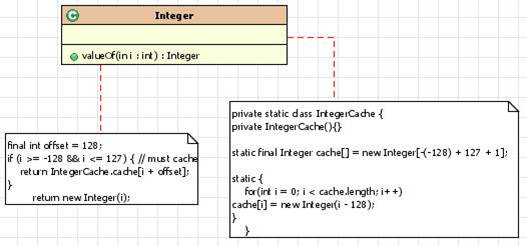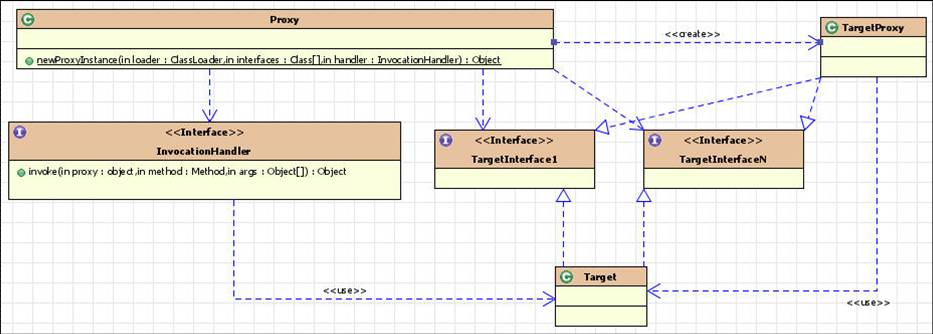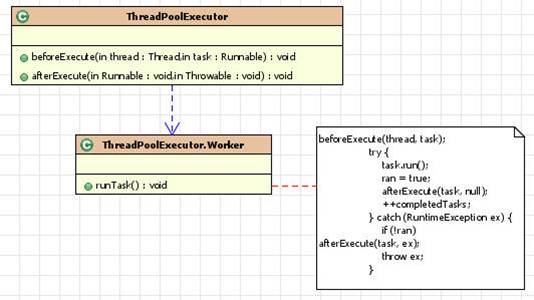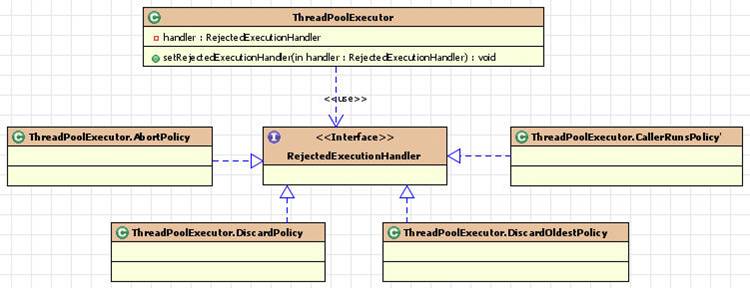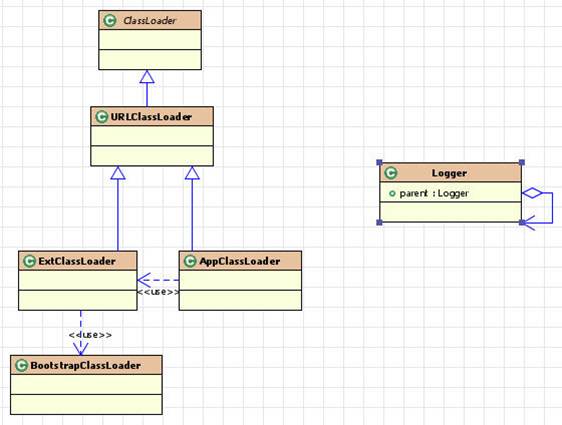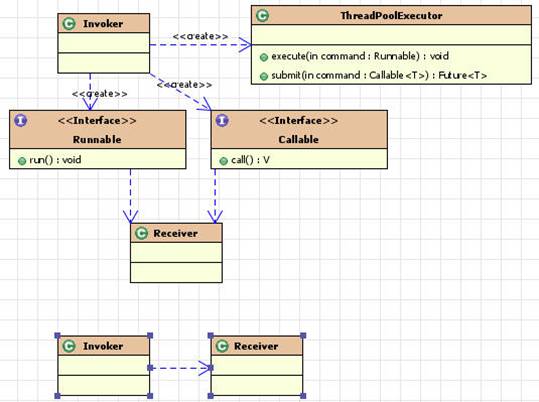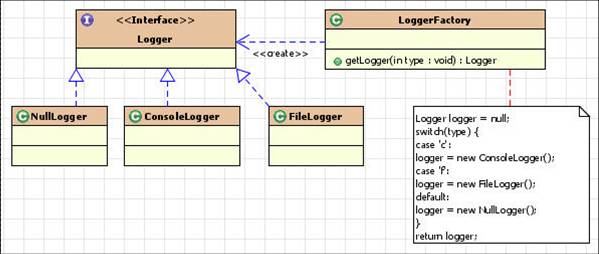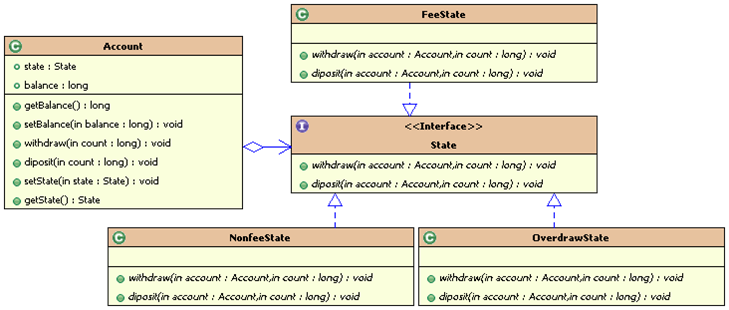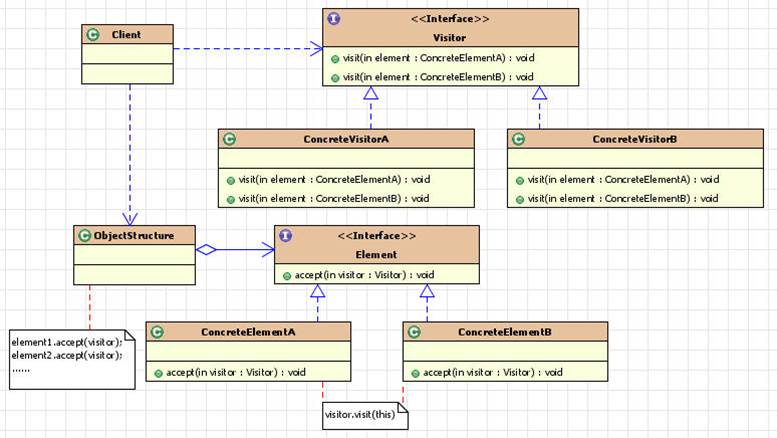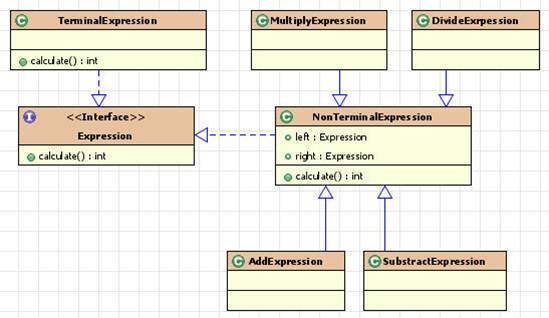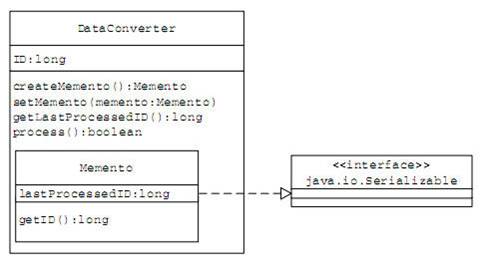- A collection in java is framework that provides architecture to store and manipulate the group of Object.
- All the operation that you perform on a data such as searching, sorting, insertion .manipulation, deletion etc.
- Java collection provide many interface(Set,List,Queue,Deque,SortedSet,SortedMap) and
class(ArrayList,Vector,LinkedList, PriorityQueue, HashSet, HashMap, LinkedHashSet, TreeSet,TreeMap).
The Set Interface
HashSet, LinkedHashSet, and TreeSet Classes
- HashSet class is the default implementation used in most cases.
- LinkedHashSet is like a combination of HashSet and List in that it does
not allow duplicate entries as with Sets, but traverses its elements in
the order they were inserted, like a List would do.
- TreeSet will
constantly keep all its elements in some sorted order.
SortedSet and Navigable Set Interfaces
As
the name implies, SortedSet is a Set with the property that it is always
sorted. The NavigableSet interface, added with Java 6, allows us to
navigate through the sorted list, providing methods for retrieving the
next element greater or smaller than a given element of the Set.
The List Interface
ArrayList and LinkedList Classes
- ArrayList is the default implementation for List, it does allow duplicate elements and iteration in the
order of insertion. As it is based on arrays, it is very fast to iterate
and read from, but very slow to add or remove an element at random
positions, as it has to rebuild the underlying array structure.
- In
contrast, LinkedList makes it easy to add or remove elements at any
position in the list while being slower to read from at random
positions.
The Queue Interface
Thing to mention about LinkedList is that while it implements
List, it actually also implements Queue. It does so based on the fact
that its actual implementation as a doubly-linked list makes it quite
easy to also implement the Queue interface.
PriorityQueue class
Besides LinkedList, another common Queue implementation is
PriorityQueue. It is an implementation that keeps its elements ordered
automatically. It has functionality similar to TreeSet, except that it
allows duplicate entries.
The Map Interface
No relation to the Collection interface. A Collection
operates on one entity, while a Map operates on two: a unique key, e.g. a
vehicle identification number, and an object related to the key, e.g. a
car. To retrieve an object from a Map, you would normally use its key.
Hashtable, Hashmap, and LinkedHashMap Classes
The Hashtable class was the first Collection in Java 1 that
was based on the hash-table data structure. Unfortunately, like Vector,
the class is deprecated because of its suboptimal performance. We can
forget about it and use the other Map implementations instead. HashMap
is the default implementation that you will find yourself using in most
cases.
A Map usually doesn’t make any guarantee as to how it
internally stores elements. An exception to this rule, however, is
LinkedHashMap, which allows us to iterate the map in the order of
insertion.

Figure 2 The Map Hierarchy
SortedMap
Let’s look at the interfaces that extend Map. As the name
implies, SortedMap extends Map and defines the contract of a constantly
sorted map. NavigableMap takes it even further, adding methods to
navigate sorted maps. This allows us to get all entries smaller or
bigger than some entry, for example. There are actually many
similarities between the Map and Set hierarchies. The reason is that Set
implementations are actually internally backed by Map implementations.
Map Inteface
Now let’s look at the map interface. This interface has no
relation to the Collection interface. A Collection operates on one
entity, while a map operates on two entities – A unique key, for example
a Vehicle Identification Number, and an object that is related to this
key, for example a car object. With the help of the key you can retrieve
the object it relates to. The interface map is the root of a lot of
interfaces
and classes, which we will look at now. The class Hashtable was the
first collection in Java JDK1 that was based on the data structure
hashtable, so the Java creators called it Hashtable. Unfortunately, this
makes it hard to differentiate between the two. Like Vector, the class
is deprecated because of its suboptimal performanceso let’s remove and
forget about it. Instead, use one of the other classes that implement
the map interface. HashMap is the default implementation that you should
use in the majority of cases. A Map usually does not make any
guarantees on how it internally stores its elements. An exception to
this rule is LinkedHashMap, which allows to iterate the map in the order
of insertion. Last but not least, TreeMap is a constantly sorted map.
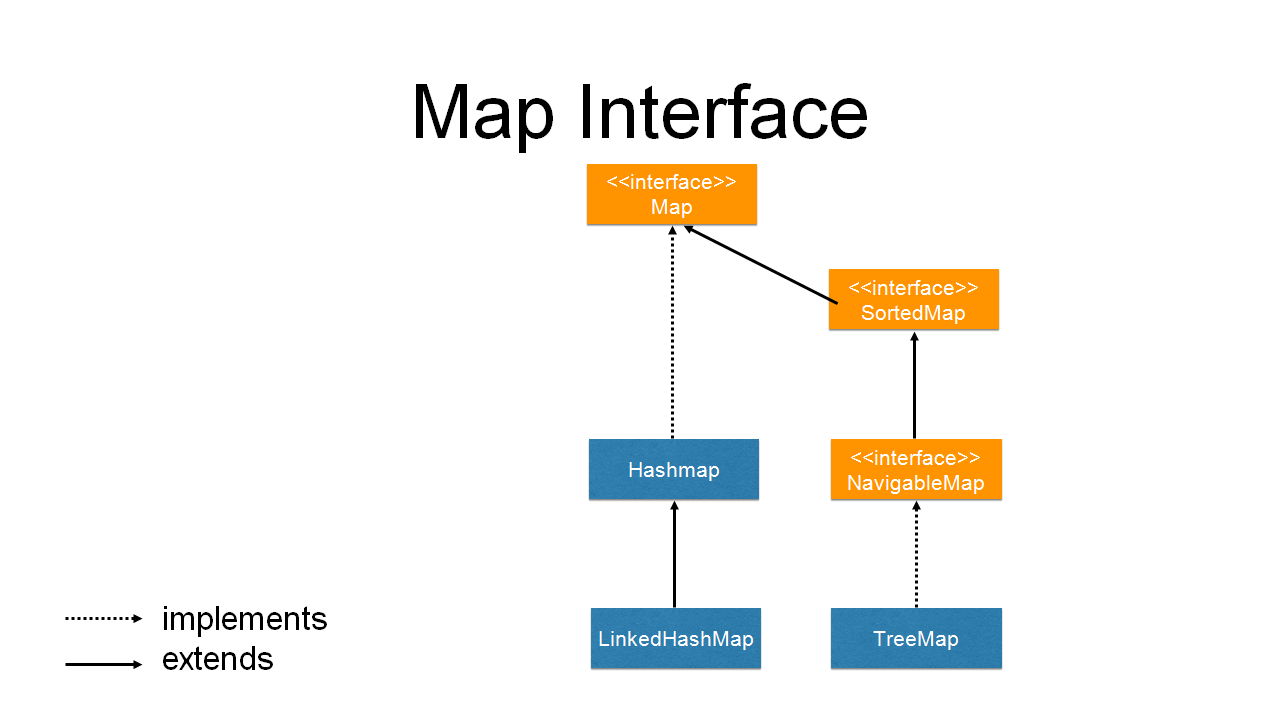
Synchronized Wrappers
The synchronization wrappers add
automatic synchronization (thread-safety) to an arbitrary collection.
Each of the six core collection interfaces — Collection, Set, List, Map,
SortedSet, and SortedMap — has one static factory method.
public static Collection synchronizedCollection(Collection c);
public static Set synchronizedSet(Set s);
public static List synchronizedList(List list);
public static <K,V> Map<K,V> synchronizedMap(Map<K,V> m);
public static SortedSet synchronizedSortedSet(SortedSet s);
public static <K,V> SortedMap<K,V> synchronizedSortedMap(SortedMap<K,V> m);
Each of these methods returns a synchronized (thread-safe) Collection backed up by the specified collection.
Unmodifiable wrappers
Unmodifiable
wrappers take away the ability to modify the collection by intercepting
all the operations that would modify the collection and throwing an
UnsupportedOperationException. It’s main usage are;
- To
make a collection immutable once it has been built. In this case, it’s
good practice not to maintain a reference to the backing collection.
This absolutely guarantees immutability.
- To allow certain
clients read-only access to your data structures. You keep a reference
to the backing collection but hand out a reference to the wrapper. In
this way, clients can look but not modify, while you maintain full
access.
These methods are;
public static Collection unmodifiableCollection(Collection extends T> c);
public static Set unmodifiableSet(Set extends T> s);
public static List unmodifiableList(List extends T> list);
public static <K,V> Map<K, V> unmodifiableMap(Map extends K, ? extends V> m);
public static SortedSet unmodifiableSortedSet(SortedSet extends T> s);
public static <K,V> SortedMap<K, V> unmodifiableSortedMap(SortedMap<K, ? extends V> m);
Thread Safe Collections
Java 1.5 Concurrent package (
java.util.concurrent)
contains thread-safe collection classes that allow collections to be
modified while iterating. By design iterator is fail-fast and throws
ConcurrentModificationException. Some of these classes are
CopyOnWriteArrayList,
ConcurrentHashMap,
CopyOnWriteArraySet.
Read these posts to learn about them in more detail.
Collections API Algorithms
Java
Collections Framework provides algorithm implementations that are
commonly used such as sorting and searching. Collections class contain
these method implementations. Most of these algorithms work on List but
some of them are applicable for all kinds of collections.
Sorting
The
sort algorithm reorders a List so that its elements are in ascending
order according to an ordering relationship. Two forms of the operation
are provided. The simple form takes a List and sorts it according to its
elements’ natural ordering. The second form of sort takes a Comparator
in addition to a List and sorts the elements with the Comparator.
Shuffling
The
shuffle algorithm destroys any trace of order that may have been
present in a List. That is, this algorithm reorders the List based on
input from a source of randomness such that all possible permutations
occur with equal likelihood, assuming a fair source of randomness. This
algorithm is useful in implementing games of chance.
Searching
The
binarySearch algorithm searches for a specified element in a sorted
List. This algorithm has two forms. The first takes a List and an
element to search for (the “search key”). This form assumes that the
List is sorted in ascending order according to the natural ordering of
its elements. The second form takes a Comparator in addition to the List
and the search key, and assumes that the List is sorted into ascending
order according to the specified Comparator. The sort algorithm can be
used to sort the List prior to calling binarySearch.
Composition
The frequency and disjoint algorithms test some aspect of the composition of one or more Collections.
- frequency: counts the number of times the specified element occurs in the specified collection
- disjoint: determines whether two Collections are disjoint; that is, whether they contain no elements in common
Min and Max values
The
min and the max algorithms return, respectively, the minimum and
maximum element contained in a specified Collection. Both of these
operations come in two forms. The simple form takes only a Collection
and returns the minimum (or maximum) element according to the elements’
natural ordering.
The second form takes a Comparator in addition to the Collection and
returns the minimum (or maximum) element according to the specified
Comparator.






